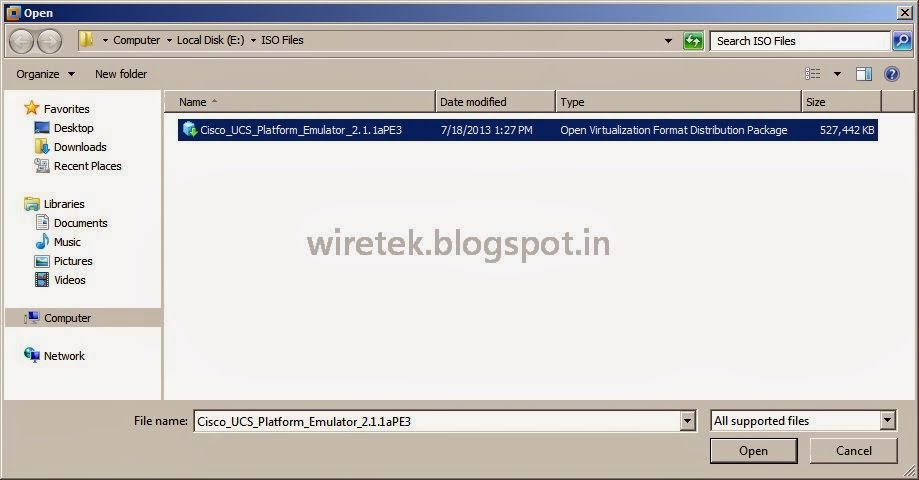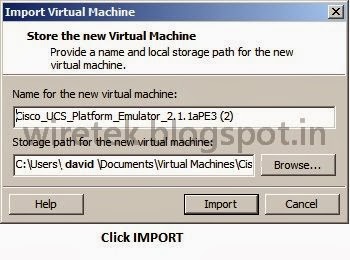

- #Import ovf vmware workstation 10 install#
- #Import ovf vmware workstation 10 upgrade#
- #Import ovf vmware workstation 10 password#
- #Import ovf vmware workstation 10 license#
- #Import ovf vmware workstation 10 iso#
Leave it blank again if DHCP is desired, Press Import button, The virtual machine will be powered on after deployment.Īfter clicking Import button, This is a classic progress showing import of vcsa appliance vm.Īll the properties provided above will need some time to take effect after the vCenter appliance first power on, so just wait and do not shutdown the appliance. Leave it blank if DHCP is desired, the domain search path (comma or space separated domain names ) for this vm. Networking properties is a last configuration and options are the domain name of this VM. Under miscellaneous configure CEIP enable either true or false according to your choice, VMware's Customer Experience Improvement Program ("CEIP") provides information that helps VMware to improve our products and services, fix problems and advise you on how best to deploy and use our products. Example /my_datacenter/my_folder/my_host_or_cluster/my_resource_pool Used when upgrading a source appliance in VCHA cluster.
#Import ovf vmware workstation 10 password#
#Import ovf vmware workstation 10 upgrade#
System Configuration will ask for root password, Which will require for later configuration of vCenter management portal.ĭon't configure anything on Upgrade Configuration and leave it as it is blank, this option is only applicable if you want to upgrade a source appliance in VCHA (vCenter HA), If you are planning for the same in future below are the option's details. On the SSO configuration type password twice for SSO Directory which is inbuilt in PSC (Platform services controller).


In the deployment option choose your vCenter VM size (CPU, Memory and disk), I am selecting first one option Tiny vCenter server with Embedded PSC, which will deploy a tiny VM configured with 2 vCPUs and 10 GB of memory and thin disk of 300 GB capacity, This option contains vCenter Server with an embedded platform services controller (PSC) for managing upto 10 Esxi hosts and 100 VMs, It is suitable for my lab. Provide Name for the new vCenter server virtual machine and browse or type storage drive path where all the appliance VM data will be saved.
#Import ovf vmware workstation 10 license#
On the Import Virtual Machine wizard accept the end user license agreement, click next.
#Import ovf vmware workstation 10 iso#
For a start I have already downloaded latest vCenter server appliance 6.7 ISO from, Mounted it as virtual DVD-CDROM, launch VMware Workstation, click File menu then go to Open and on the file selection dialog box select ova file from vcsa folder inside mounted or extracted ISO file. In this article from installation to configuration everything is done on VMware workstation, and no ESXi server is used.

#Import ovf vmware workstation 10 install#
I keep experimenting in my vSphere lab environment, and this time wanted to Install fresh vCenter server appliance from scratch on VMware Workstation, with new version of VMware Workstation deploying OVF (open virtulization format) is very easy, although I already had written article previously Deploy install VCSA (vCenter server appliance 6.5) on VMWare Workstation, using that I had to deploy vCenter on ESXi server first and then export it as OVF, it was very hassle.


 0 kommentar(er)
0 kommentar(er)
